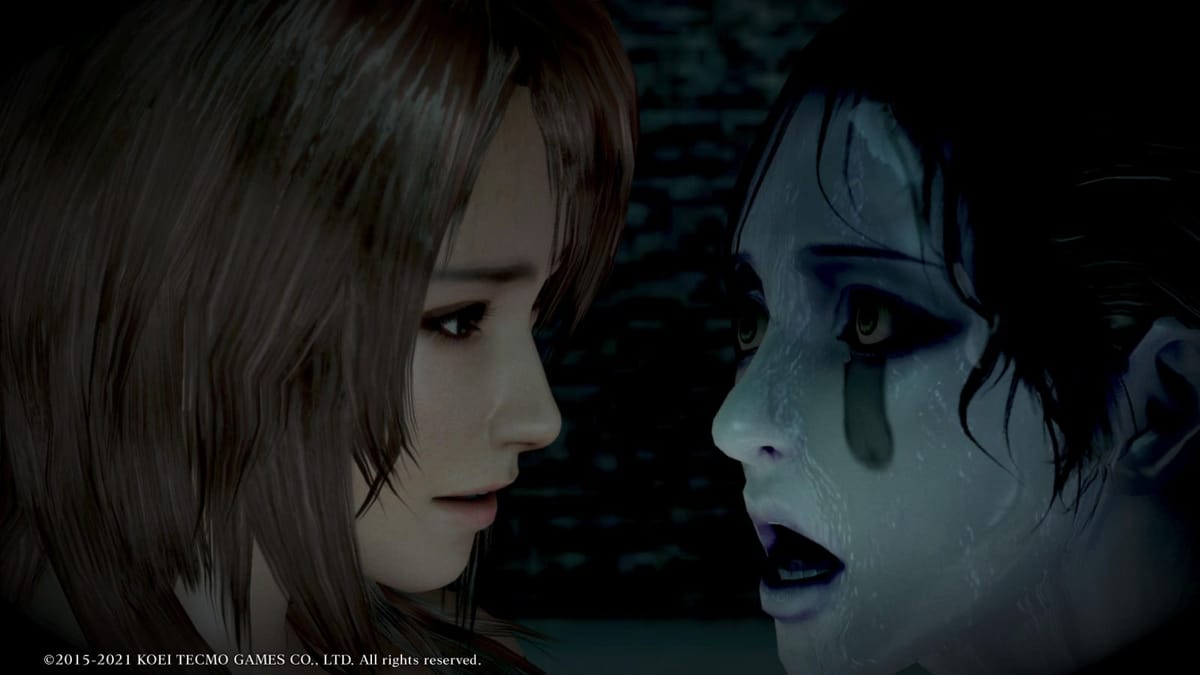
The Wii U was an interesting experiment as to what a console can and can’t do, and despite its rapid demise and small library of games, the games it left behind were surprisingly good – as evidenced by the recent onslaught of remasters and ports to the Nintendo Switch and modern consoles. Fatal Frame: Maiden of Black Water is another game seemingly lost to time after the death of the Wii U, but thankfully has now been lovingly remastered for the current gen just in time to celebrate the 20th anniversary of the Fatal Frame franchise.
Maiden of Black Water follows three characters: Yuri, Ren, and Miu, as they navigate mysterious disappearances linked to well known suicide spot Mt. Hikami. Armed with little more than a camera, each in turn scours the mountain for clues on their friends’ and loved ones’ disappearances, delving ever deeper into the land and its haunting backstory of murdered shrine maidens, ghost marriages, mass suicides, and raving lunatics.
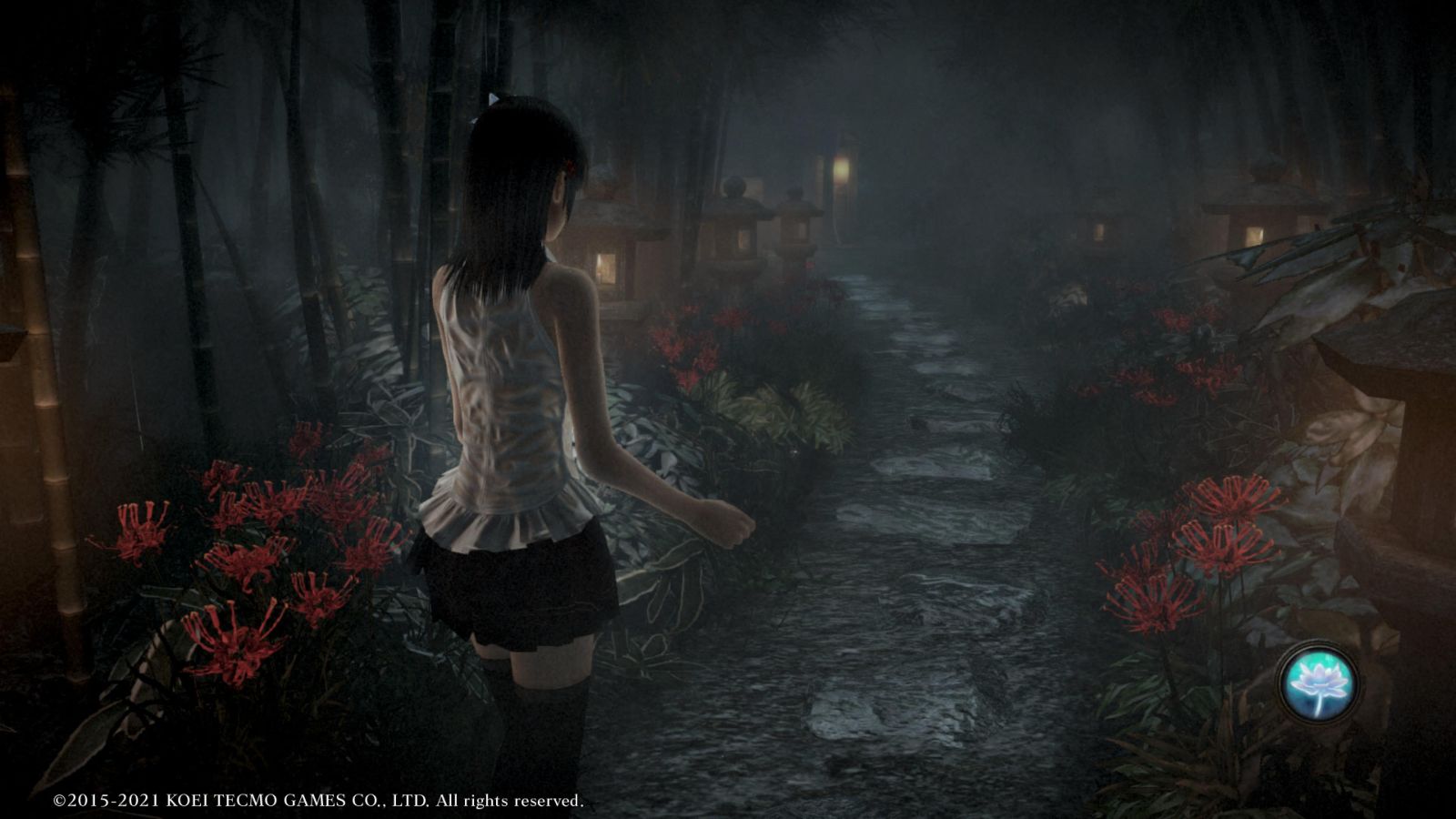
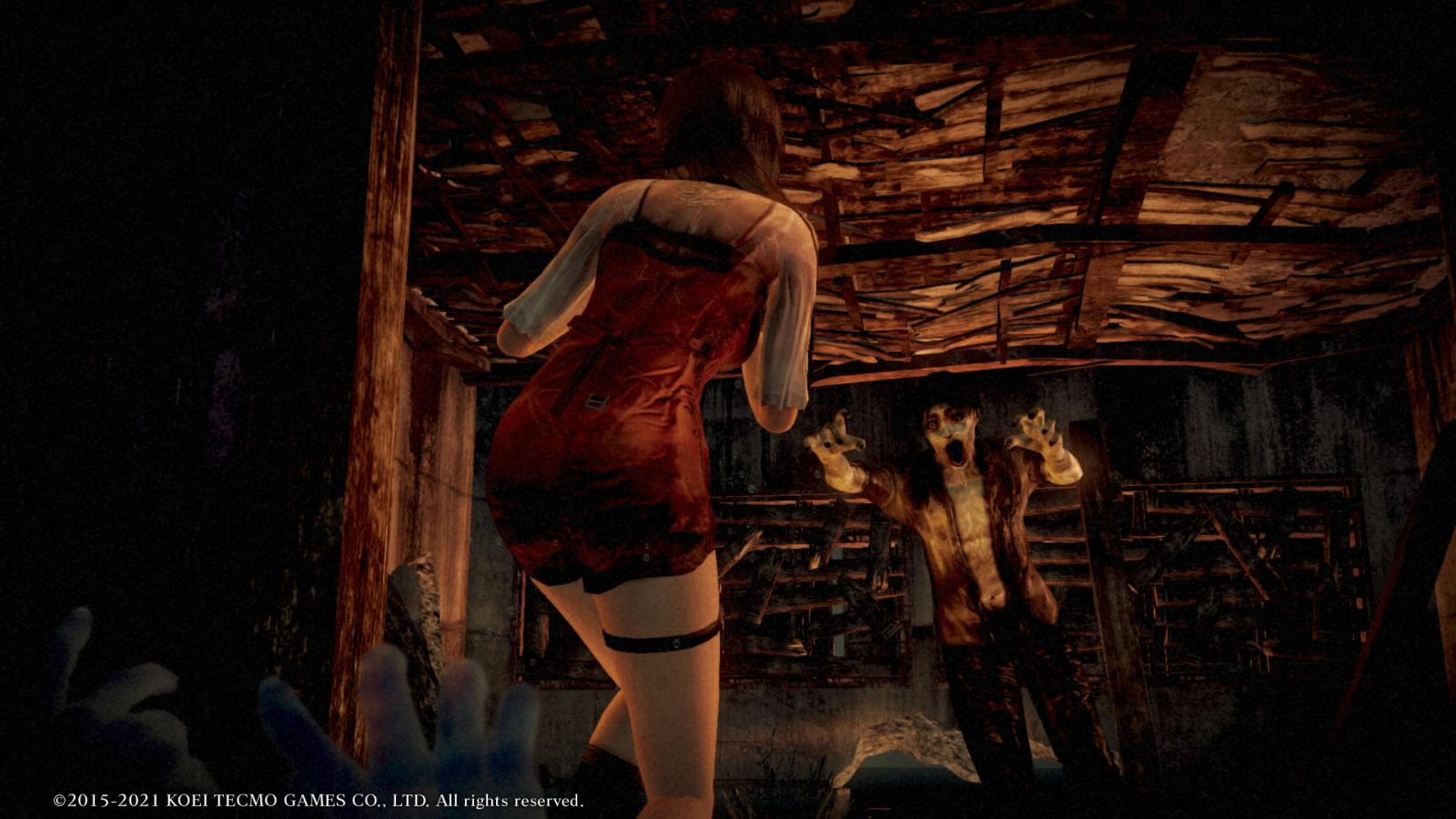
The residents in the villages at the foot of Mt. Hikami are said to possess a unique ability called “shadow reading”, which enables the individual to view the shadow, or “trace”, of someone lost. When we first meet Yuri, she is traveling with Hisoka, a mysterious woman who possesses the shadow reading ability and hopes to train Yuri in it, as they explore an abandoned inn on Mt. Hikami to procure a post-mortem photograph book for Ren’s studies.Soon after, Hisoka goes missing, her disappearance drawing Yuri, Ren, and Miu into a larger mystery.
This “shadow reading” ability is central to Maiden of Black Water, and allows the characters to find tokens of those lost and follow their trace to new locations. This is the main pull of each mission, as you follow a trace and delve ever deeper into Fatal Frame’s creepy world. Additionally, characters possessing the “shadow reading” ability are able to touch fallen ghosts and gain a glimpse of their death in gruesome, disturbing, and powerful black and white cutscenes.
The main crux of gameplay in Fatal Frame is exploration, with a bit of puzzle solving and ghost fighting mixed in. Think early Resident Evil and you’ll have a pretty good idea of the pace of the game. Everything is slow – and I mean everything – you reach for items slowly, you open doors slowly, you walk slowly, heck, you even run slowly. It’s all to build tension, and it certainly works. Admittedly, the slow pace can become frustrating at times, but generally the tense nature of the game helps alleviate this annoyance as you’re almost always sneaking around corners, rather than rushing into the unexpected.
Exploration is essential to survival, as scattered throughout each densely layered – and often confusing – area are tons of items, hidden ghosts, and film. You’ll explore a variety of locales, often backtracking or revisiting areas only to find a new section has opened up. While the backtracking/revisiting of areas does grow tiresome, the new areas are always thrilling, causing a clash between your sense of exploration and fear of the unknown.
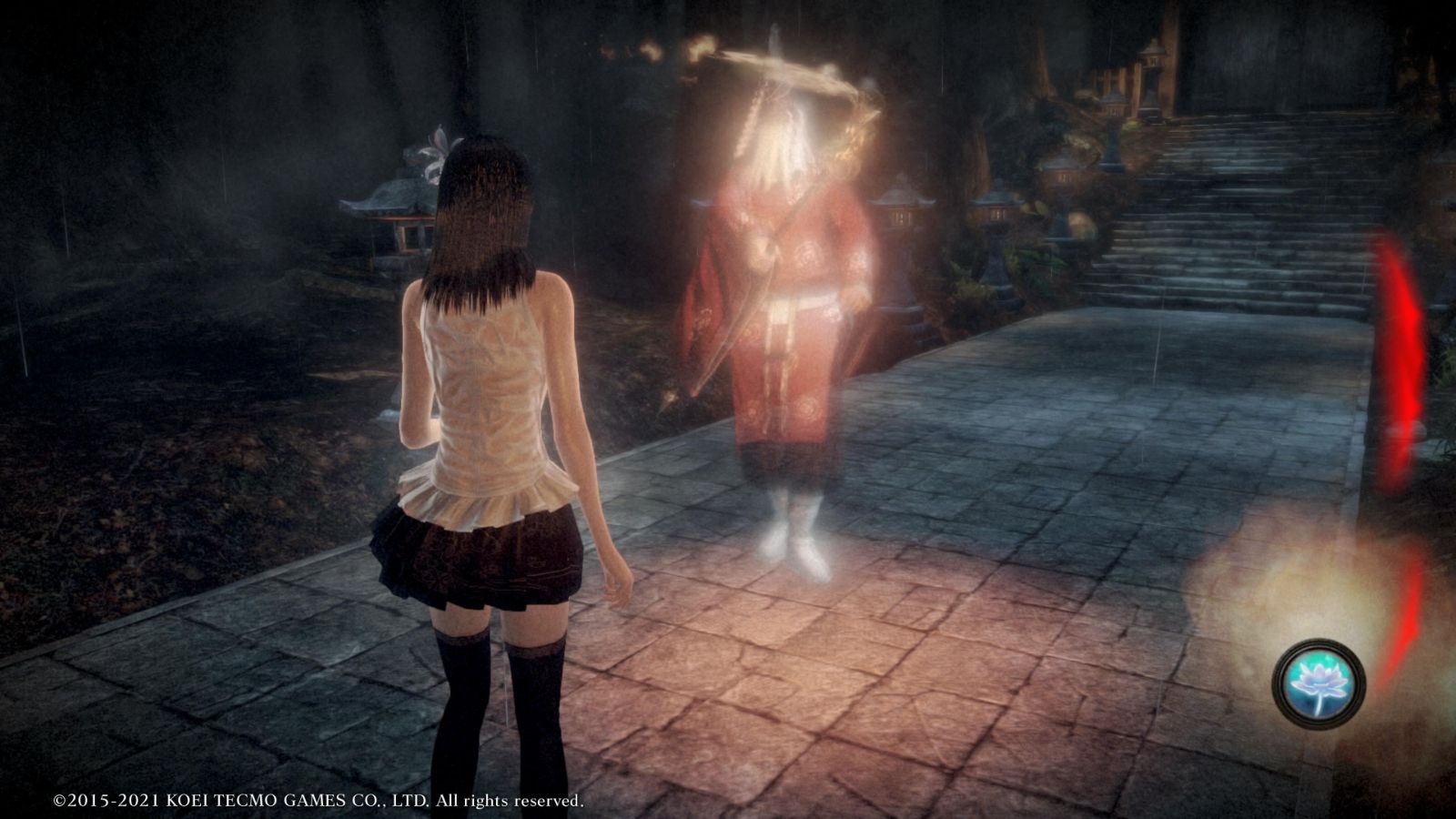

Your enemies are ghosts, and thus are not confined to the normal attack patterns or typical placement of enemies in most other games. Ghosts can come from anywhere and are not hampered by walls or doors, causing an almost constant state of unease as you explore. Thankfully, you’re armed with your trusty weapon: The Camera Obscura.
The Camera Obscura is as trusty a sidearm as any gun or sword. While seemingly simple at first glance – what could a camera possibly do? – a fully upgraded Camera Obscura is a beast capable of multi-shots, slowing down time, and eradicating multiple enemies at once. Despite all this, the camera is incredibly simple to operate, essentially like real life – you just point and shoot. You can control the camera via the thumbsticks or, harkening back to its Wii U roots, via motion control. Personally, I turned the motion control off after a mission or two as I felt it wasn’t intuitive enough, but I can see where others may enjoy it. I’ll admit that I’ve never been one for motion controls. Where the intricacies come from with the camera are when you begin playing with lenses and film type.
Points and damage are scored by the quality of the picture taken. That does not mean you have to set up a perfectly framed shot while being terrified and surrounded, it simply means that you need to have the designated areas – normally the face and any stray spirit fragments – within frame to inflict as much damage as possible. Thankfully, holding L2 will lock on a target if they have a square frame around them, helping to line up your shot. L1 and R1 rotate the camera left and right respectively, while R2 takes the picture.
Depending on upgrades and whose camera you are using, you may be able to take burst shots, slow down time, inflict double damage, stun enemies, or even regain health. Most changes to a camera are based on the lens, which you can have three of equipped at any time, and rotate through with a simple button tap. These lenses can be upgraded to double or triple their base power and can be used anytime your spirit meter is full. Your spirit meter will build every time you damage a ghost and photograph their spirit fragments. Film comes in different types, with the basic being unlimited but with the least amount of damage, and the most damaging being hard to find but capable of destroying enemies quickly.
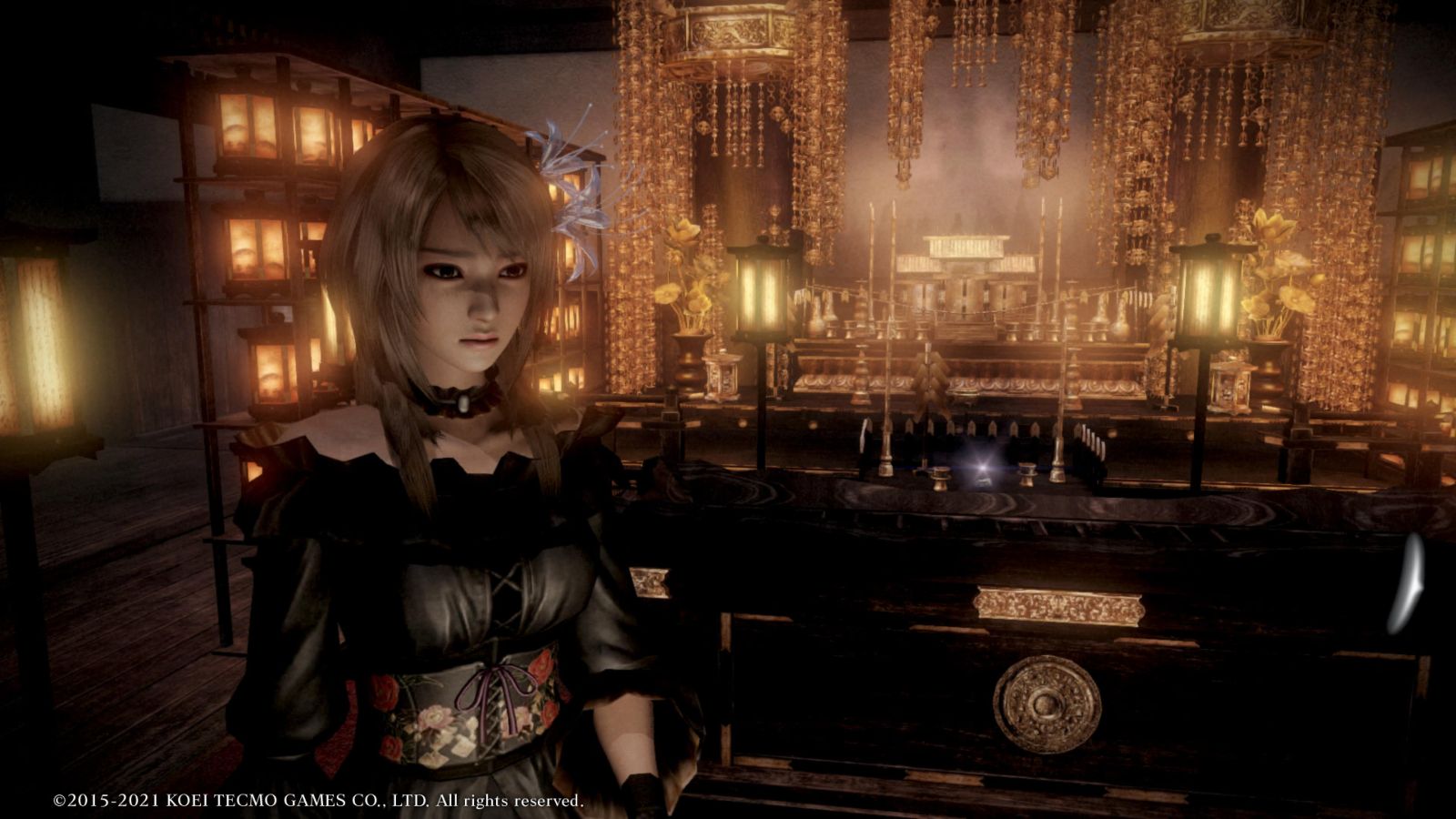
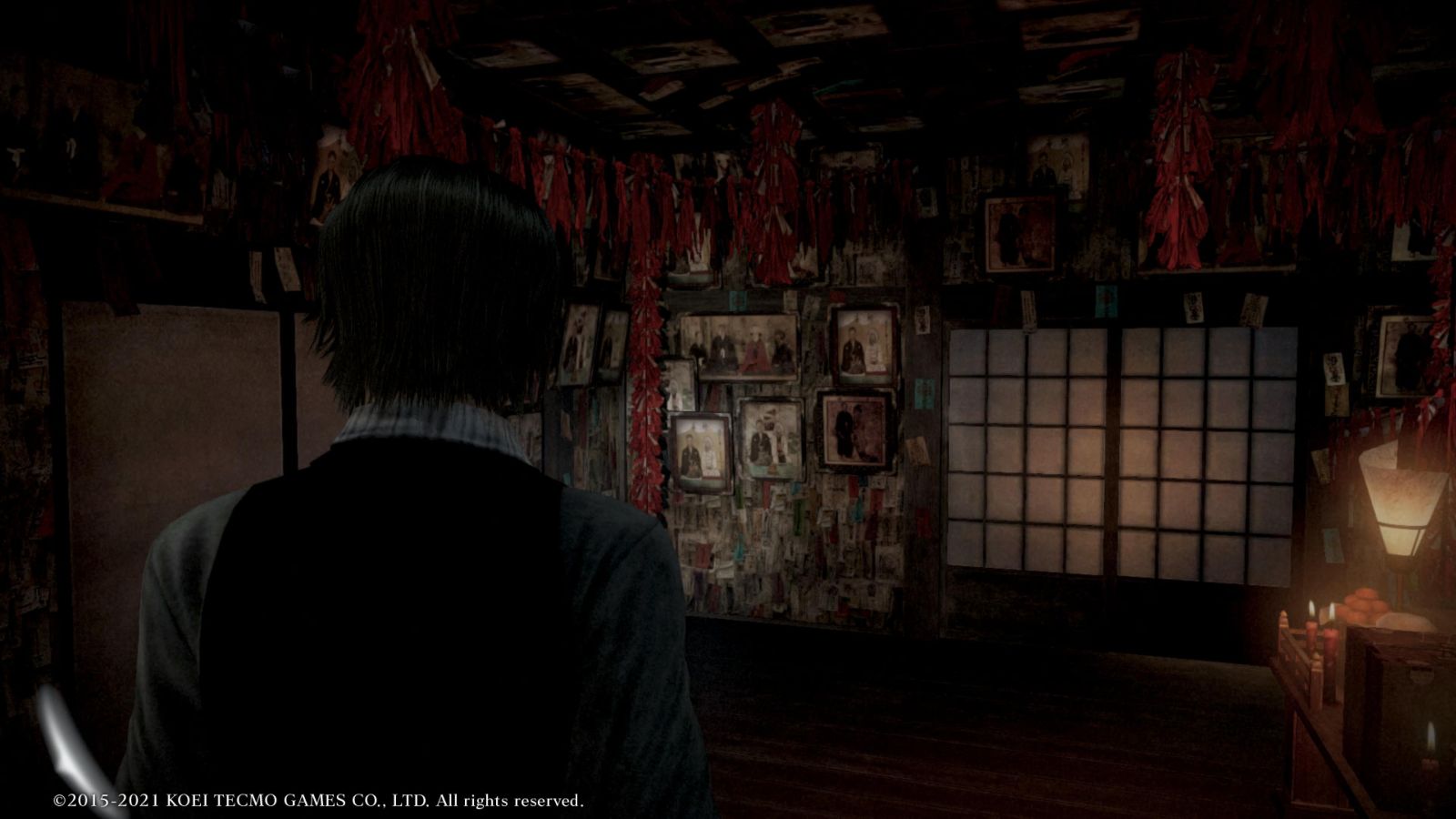
Don’t let the camera fool you though, it has multiple separate abilities when used correctly including taking psychic photographs, which allows you to lock onto missing items and produce a picture showing you where to find them, or even the ability to bring an item into reality by taking a picture of where it should be. Photographing a ghost at the moment of attack triggers a fatal frame, which allows you to take multiple shots in succession without using film. Damage dealt to ghosts via the camera creates spirit fragments, and when enough spirit fragments are visible within a frame you can trigger a shutter chance which greatly damages and knocks back any ghosts within the frame.
New to the remaster is snap mode, which allows you to stop the action at almost any time and set up the perfect shot. These shots do not deal damage to ghosts and instead function as a picture mode. While in snap mode you can change expressions and position of characters, add characters or ghosts you’ve met during your adventure, or remove characters from frame. Once finished, you can jump right back into the action without disturbing the gameplay.
Every picture taken of a ghost awards you points which can then be used to unlock costumes, accessories, or upgrades for your camera and lenses. Before beginning a level you can spend points to purchase health refills, purifying embers, sacred water, mirrorstones, and film. Purifying embers dry you when wet, which occurs frequently. Being wet doesn’t sound so bad, but when you are wet you become a target for ghosts and they attack more frequently and aggressively, so it is always good to have a few on hand. Herbal medicine and sacred water can heal you, while mirrorstones prevent death when you take a fatal blow.
This game has high replay value, as every mission can be revisited at any time at a higher or lower difficulty level. Replaying a level is one of the best ways to quickly gain points, although levels are generally long even when you know where to go, normally clocking in anywhere from 30 minutes to over an hour each with the inclusion of unskippable cutscenes. Helping with replayability is a log that keeps track of the percentage of ghosts you’ve encountered, ghost background stories you’ve uncovered, and the random ghosts you’ve snapped a picture of. Collecting all of these will take multiple runs, as ghosts appear quite frequently in the background of each level, giving you mere seconds to snap a picture of them before they disappear.

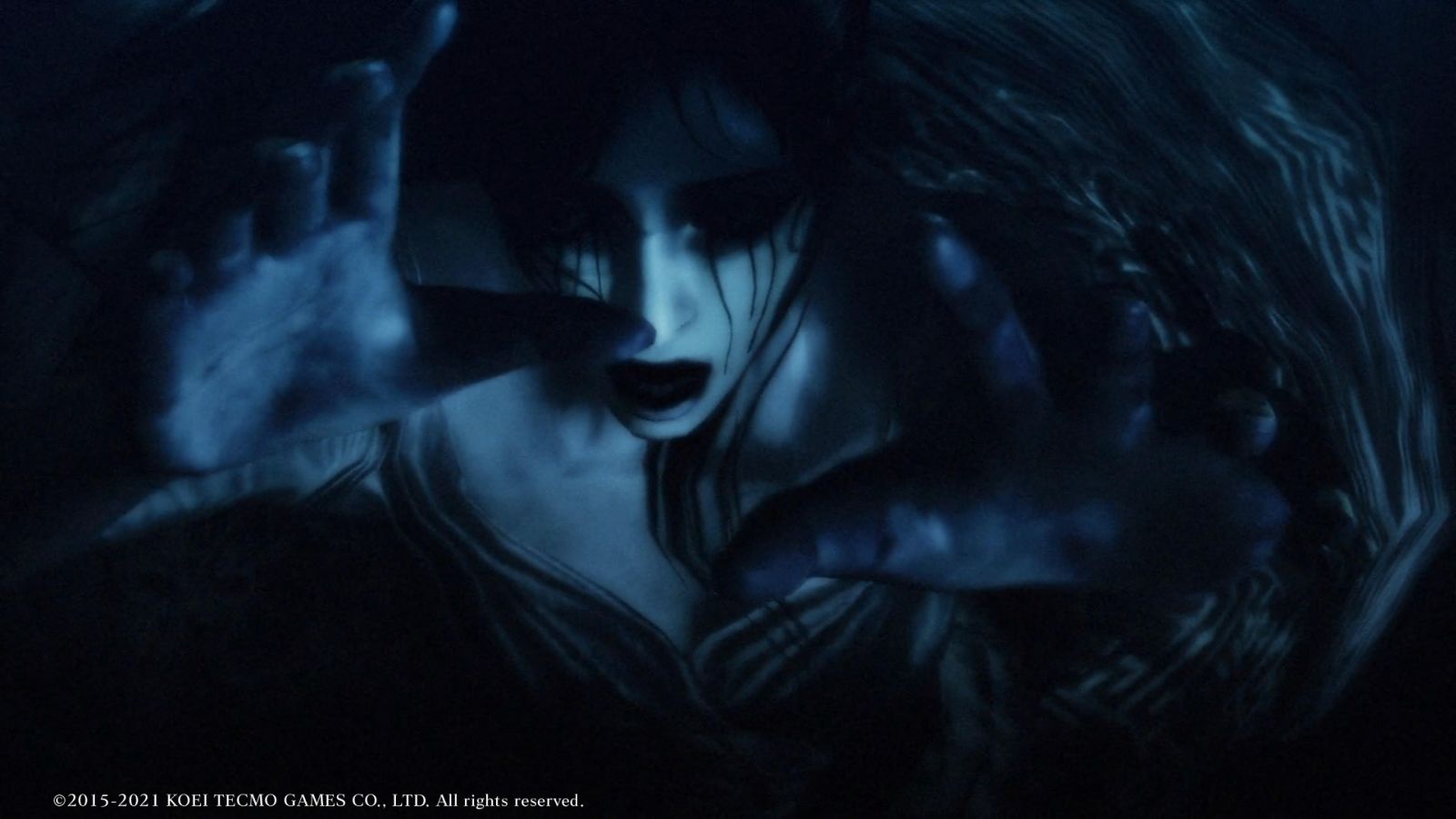
Maiden of Black Water is surprisingly long, even if some of that is due to backtracking and revisiting previous areas. There are 14 missions in total, along with a prologue and interlude. The game frequently hops between characters and their separate storylines, even though each character’s story does intertwine with the others. Some sections are a bit more of a slog than others (I’m looking at you, Ren surveillance camera levels), but more often than not the game is scary, fun, and well-crafted.
I single out Ren’s missions because they are the most basic, and lack any of the sense of the foreboding normally present. While these missions do have you frequently fighting off ghosts, it is done in such a tedious way that the fun is quickly drained from the proceedings. In these missions – which thankfully only happen twice – Ren overlooks an antique shop via surveillance cameras while the other characters sleep. As you can guess, he sees lots of random paranormal activity, which you then must go investigate. Normally you reach an area, find an item or two, fight off a few ghosts and then head back to the surveillance cameras to repeat. I appreciate trying to switch up the structure of the game from time to time, but I felt these levels just flat out did not work. Of course, others may enjoy them, and there are a few spooky random encounters during the second one especially, but I still found them lacking.
Fatal Frame: Maiden of Black Water
Excellent
Fatal Frame: Maiden of Black Water is a uniquely thrilling horror experience. Armed with only a camera and your wits, the tension is palpable and oozes out of every nook and cranny of Mt. Hikami and the surrounding areas. The camera serves to be as trusty of a weapon as a gun and adds a distinct tension to the action that few games could replicate. The atmosphere, level design, and story all work in tandem to create a surprisingly tense and beautiful experience, despite relying a bit too much on backtracking and having a rather thin story.
Pros
- The camera is a unique and powerful weapon
- Genuinely tense and stressful throughout
- Great replayability due to unlockables and upgrades
Cons
- Relies a bit too much on backtracking and revisiting areas
- A few levels are not up to par
